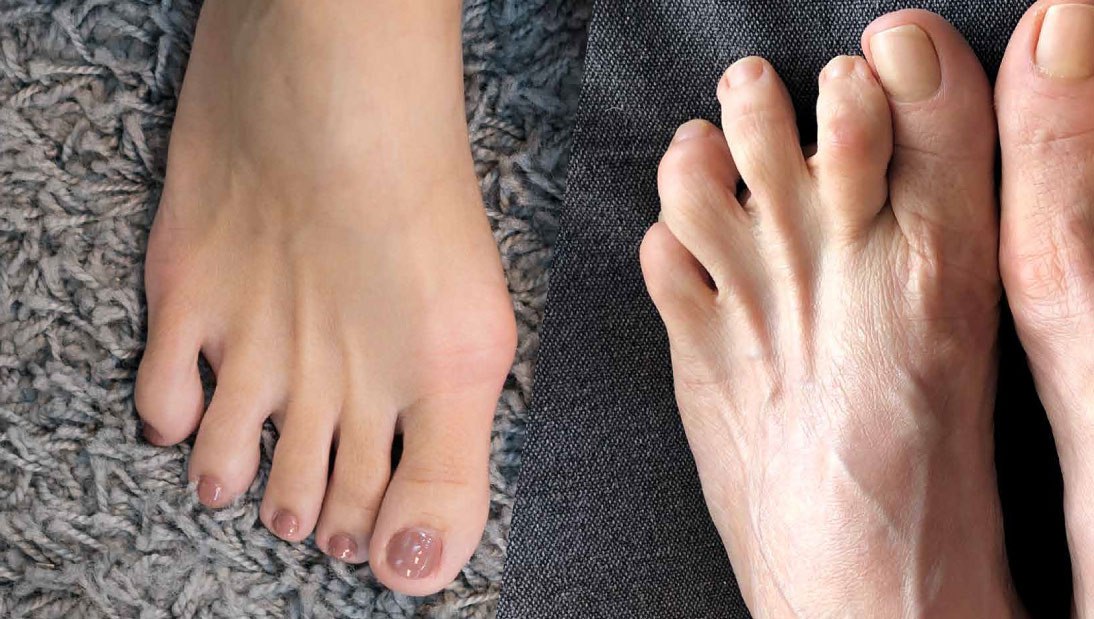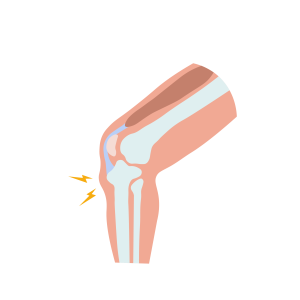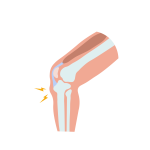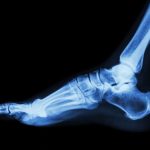Dr. Mehdi Abd Al-Sahib – Orthopedic Surgeon
Hallux Valgus is considered one of the most common forefoot deformities in adults, and it affects 10% of women.
Hallux valgus is the deviation of the big toe in the direction of the other toes in varying degrees. It may create a bump on the joint at the base of the big toe, further pushing the digit toward the other toes. The tissues around the joint may become inflamed, causing pain and swelling.
Causes:
(1) Most cases are hereditary, but wearing tight shoes worsens the condition.
(2) The ratio of females to males with bunions is 9/1.
(3) Flat feet may be a contributing factor.
(4) Causes related to other disorders, such as rheumatoid arthritis and neuromuscular diseases.
(5) Complications of some fractures or cuts in ligaments, tendons, and nerves.
(6) Complications of some surgeries.
Symptoms and Signs:
The big toe gradually shifts towards the other toes and causes pain when wearing shoes. Over time, irritation, redness, and swelling of the skin appear in addition to pain and difficulty in moving the toe when walking. Then a bone mass and a synovial bursa appear under the skin, increasing the difficulty of wearing shoes.
With time, the patient suffers from pain in the middle of the foot because they rely more on the little toe to relieve the big toe. In advanced cases, deformities and corns appear on the other toes, especially the second toe. Patients may experience pain in their legs or lower back, leading to difficulty walking, exercising, and finding comfortable shoes.
Diagnosis:
Diagnosis can be made simply from the obvious symptoms and clinical examination. Doctors may use x-rays to determine the degree of deviation, and some laboratory tests to find inflammation or rheumatism.
Treatment:
It depends on the degree of deviation of the toe and the age of the patient.
First: Conservative treatment: it includes:
(1) Wearing soft medical shoes with a low heel, a wide front, and a soft and flexible floor.
(2) Using braces to hold the toes in a natural position to slow down the progress of deviation.
(3) Resting, wearing open-toe shoes, ice packs, using analgesics, antibiotics, and ointments to moisturize the skin.
Second: Some exercises can slow down the formation of bunions, including:
(A) Pull the big toe to align it with the rest of the digits using both hands.
(B) Pull the rest of the toes forward for ten seconds and then bend them down for another ten seconds. Repeat this several times every day.
(C) Bend the toes back by pressing them on the floor or on a wall for 10 seconds and then release them. Repeat this several times.
(D) Hold a piece of cloth or a towel by the toes, drop it, and then pick it up. Repeat this several times.
(E) Walking barefoot in mild cases and for a long period of time strengthens the muscles of the feet and helps the bones to return to their natural form, which may prevent and treat bunions. However, in severe cases, walking barefoot may worsen the condition.
Third: Surgical treatment in severe and painful deformities:
it’s performed only when all attempts of conservative treatment fail. Patients need a recovery period of 6-8 weeks, and using crutches to walk. If surgical intervention is necessary, it’s best to perform it in the early stages of the condition in order to protect the joints of the toes from degeneration, stiffness, and deformity. After the surgery, the patient must avoid wearing tight shoes because they are a major factor in the reappearnce of deviation and relapse.
We wish you good health.










